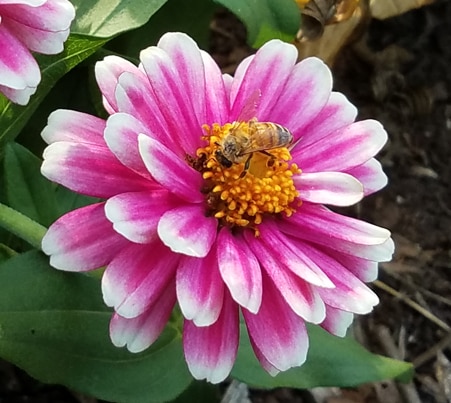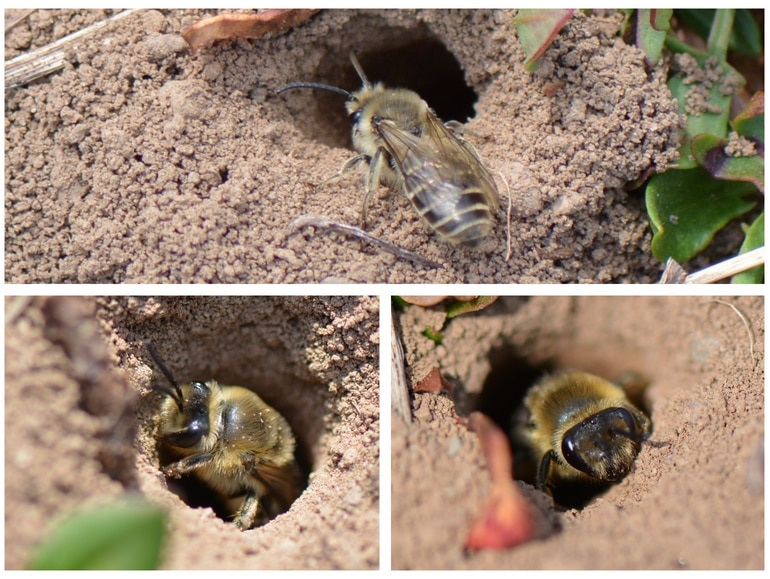I have been a bee-friendly gardener over 10 years. Save the Bees design challenge touched my heart since I love bees. I am living in Minnesota, US. In the United States there are more than 4,000 species of native bees. Contrary to popular belief, the honeybee is not native to North America. European settlers brought the first colony of honeybees to Virginia in 1622 and it has since become our most common pollinator and the most important bee to domestic agriculture. One third of our food comes from crops pollinated by bees. My garden is a safe home for bees. At the same time, bees also brought a lot of joyful moments to me. I named my project as ZinnBee from my gardening projects. Zinnia is one of my favorite flowers, which is one of the best flowers for bees. ZinnBee is named from Zinnia + Bee.

There are almost limitless applications for Save the Bees applications. University of Minnesota has a Bee Lab, which inspired me for the design ideas. UMN Bee Lab has been listing some actions to ask help from public in MN for a few years:
- Honeybees: monitoring mite loads by participating in Mite Check.
- Bumble bees: monitoring bumble bees and adopting a bumble bee route.
- Cellophane bees: UMN Bee Lab are curious about where these spring-emerging bees are nesting In and around the Twin Cities metro area.
Why will ZinnBee project focus on the study of bee friendly environments for Cellophane bees? Cellophane bees are among of the very first pollinators to emerge in Spring here. The eternal struggle for bees in Minnesota, US, is finding enough food in early Spring, when most of nature is still sleeping! Cellophane bees are ground-nesting bees as below.

ZinnBee project is designed to collect information about where Cellophane bees feed in the early Spring. The goal is simply enough, however, the design challenge is still uncertain at this moment.

-

beacon_dave
-
Cancel
-
Vote Up
0
Vote Down
-
-
Sign in to reply
-
More
-
Cancel
-

ralphjy
in reply to beacon_dave
-
Cancel
-
Vote Up
0
Vote Down
-
-
Sign in to reply
-
More
-
Cancel
-

beacon_dave
in reply to ralphjy
-
Cancel
-
Vote Up
0
Vote Down
-
-
Sign in to reply
-
More
-
Cancel
Comment-

beacon_dave
in reply to ralphjy
-
Cancel
-
Vote Up
0
Vote Down
-
-
Sign in to reply
-
More
-
Cancel
Children